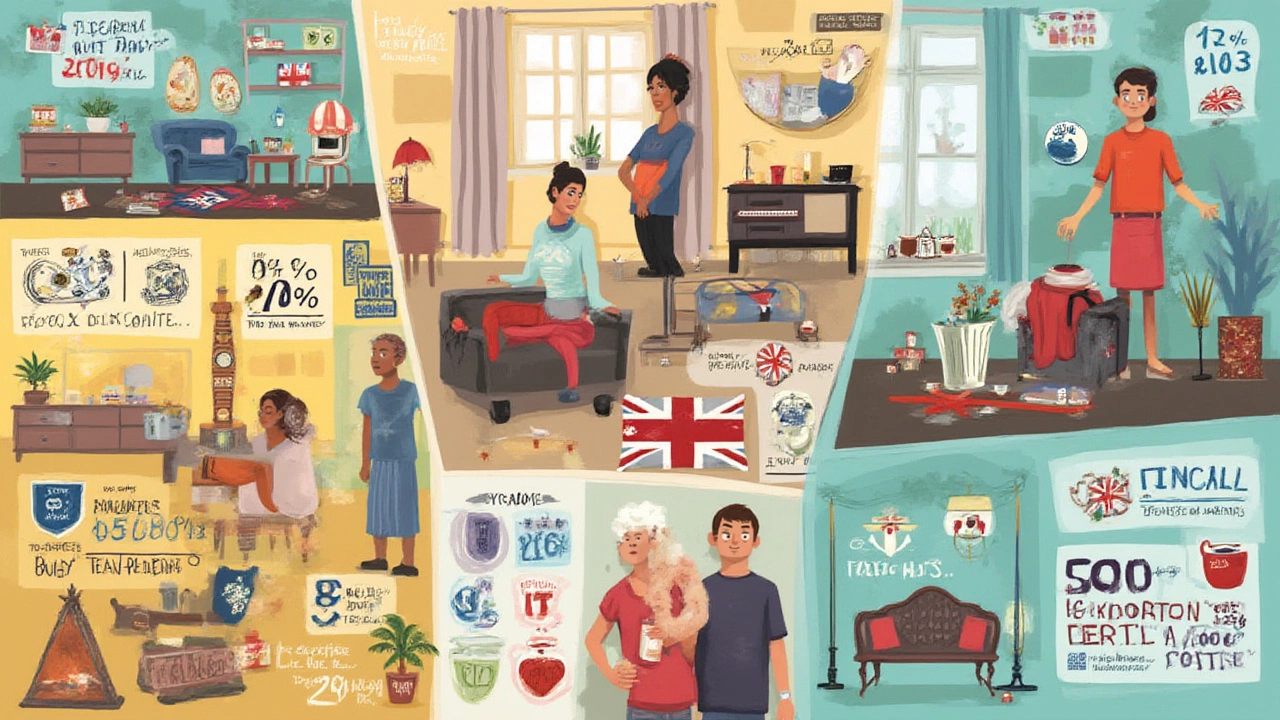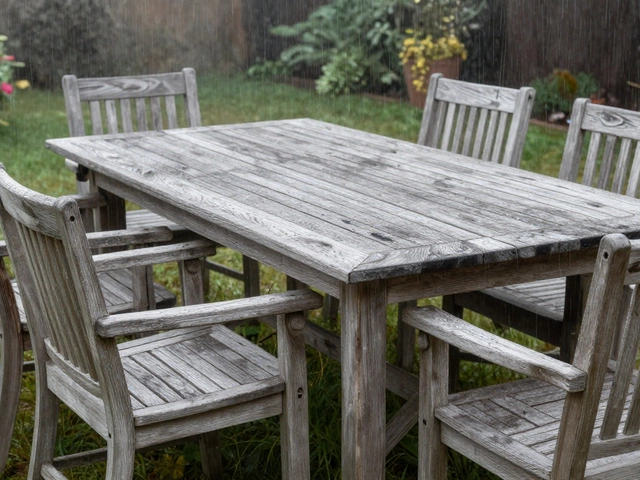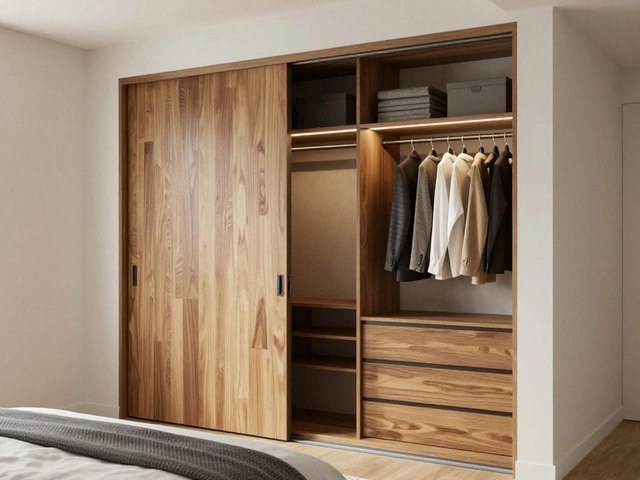You walk through your local furniture store, and the place is almost too quiet. No crowds checking out buttery leather sofas or lining up for zero-gravity beds. Feels weird, right? The fact is, fewer people are buying furniture than ever before. The latest market numbers from 2025 show a clear drop in sales, and honestly, it’s got a lot of folks in the industry scratching their heads. You’d think with people still working from home, they’d be buying more cozy chairs and chic shelves. So what’s actually going on?
The Money Squeeze: Inflation, Wages, and Real-Life Budgets
Let’s not sugarcoat it: new furniture isn’t exactly cheap these days. In the last two years, the average price of big-ticket furniture—think couches, bed frames, or dining sets—jumped about 17%, according to data from Statista. Why? Material costs like wood, metal, and foam skyrocketed, and even getting these items shipped just keeps getting pricier. People notice this at checkout and sometimes feel like it’s just not worth the splurge for a loveseat they don’t really need.
There's another layer: folks just don’t have as much disposable cash lying around. Average wages ticked up only 4% in the past year, while inflation danced around 6%. So, if you’re doing the math, paychecks got eaten up by grocery bills, gas, rent, and—yep—streaming subscriptions. That leaves little room for a new side table you spotted on Pinterest. A recent LendingTree survey even showed that around 49% of adults put off buying items for their home because of financial worries. If you’ve had sticker shock lately, you’re not alone.
Remember when stimulus checks rolled in during the pandemic? People bought a lot of stuff then, including furniture. But now, without extra cash and with prices up, many just hit pause unless it’s absolutely urgent, like that wobbly chair you can’t ignore any longer.
| Year | Average Sofa Price (USD) | Annual Inflation Rate (%) |
|---|---|---|
| 2021 | $1,050 | 5.4 |
| 2023 | $1,220 | 6.2 |
| 2025 | $1,320 | 3.7 |
Changing Homes, Changing Habits
Stuck in a rental or still paying off a mortgage? Turns out, fewer people are moving than before. The U.S. Census Bureau pegged the 2024 moving rate at historic lows, with less than 8% of Americans relocating. This matters for furniture sales, because moving usually sparks big upgrades—a new kitchen table for that extra nook, a sleeker couch to fit the new living room. When people aren’t moving, they just don’t feel the itch to redecorate as much.
Another thing: apartments are shrinking, and so are budgets for furnishing them. New city builds are sometimes the size of a generous hotel room, so nobody’s hauling in eight-piece dining sets or chunky entertainment centers anymore. Open any apartment tour on TikTok, and you’ll spot clever space-saving setups—think modular sofas, stackable chairs, and furniture that tucks away in seconds. If someone does splurge, it’s one unique statement piece, not a whole set.
Younger buyers, especially, are all about making do with less. Minimalism isn’t just a hashtag. Services like Rent The Runway for furniture—meaning you can rent that snazzy chair for a few months and send it back—are picking up steam. “People don’t want to be weighed down by stuff if they’re moving apartments, cities, or just don’t want extra clutter,” said Casey Farrell, a lead designer at a Brooklyn co-living startup.
It’s not just about being practical. For Gen Z and Millennials, the thrill is in the hunt for vintage finds instead of another mass-produced coffee table. Secondhand and upcycling are booming—just check Instagram’s #thriftedhome tag for proof. They get a one-of-a-kind look, stuff lasts longer than fast furniture, plus: cheaper and better for the planet. Are you feeling that vibe too?

The Impact of DIY Culture and Repairing Rather Than Replacing
If you haven’t lost an afternoon to #FurnitureFlip videos, you’re missing out. TikTok, Instagram, and YouTube are packed with folks taking beat-up pieces, slapping on some paint or fresh legs, and turning them into designer-worthy furniture for a fraction of the cost. It’s not just trendy—it’s smart. When buying something new means a big hit to your bank balance, upcycling looks pretty attractive.
Truth is, furniture today doesn’t wear out like it once did. A sturdy table you bought five years ago is likely still going strong, and if there’s a scratch? Cue a viral tutorial showing you how to fix it yourself. Hardware stores are catering to this, selling more DIY kits than before—2024 saw a 27% bump in home repair supply sales, based on insights from the National Home Improvement Association.
People are rethinking what “new” even means. If a wobbly chair can be fixed with a few screws, why toss it? Add in eco-consciousness—nobody wants to dump another mattress in a landfill. Even big stores are pushing sustainable campaigns, making customers feel good about the decision to repair or repurpose.
The tech world’s involved too. Augmented reality apps let shoppers see if a reimagined piece will fit with the rest of their space before making a change. No more standing on tiptoe with a tape measure. It’s empowering—saves cash, cuts waste, feels like a win all around.
“Furniture repair used to be a last resort; now it’s about creative expression and saving money. Social media’s turned it into a form of art,” says Michelle Hyson, sustainability lead at Habitat for Humanity.
New Eco Habits Are Stronger Than Ever
Environmental impact matters way more to shoppers now than even five years ago. Nearly 60% of Americans in a 2025 Accenture survey said they’re more likely to repair and reuse furniture to tackle climate change, than to buy brand new. Companies are hustling to keep up, but the shift away from endless consumption is consumer-driven.
Fast furniture—cheap stuff that falls apart quickly—is out. People are asking questions about how pieces are made, whether wood is sustainably sourced, and if they can recycle or donate it later. And yes, vintage stores are cleaning up. Buying pre-loved, solid-wood sideboards is way more eco-friendly, saves money, and it’s kind of a flex to say, “I thrifted this.”
Think about how many flat-pack cabinets get tossed every year—EPA numbers show more than 9 million tons of furniture ends up trashed annually in the US alone. Now picture the impact if even half of us bought less, fixed what we have, and shopped smarter. The ripple effect is massive.
If eco is your thing, tip: always check resale apps like Chairish or Facebook Marketplace before heading to the big chain store. You’ll sometimes find brand-new stuff for half price, saving your wallet and the planet at the same time.

Tips for Navigating the New Furniture Market
The game’s changed, but finding what you need (without overspending) isn’t impossible. Here’s how to play it smart.
- Shop off-season: Most stores clear out inventory in late summer and after the winter holidays. Watch for deals then, instead of buying on a whim in peak months.
- Use resale and auction sites. Sometimes ‘gently used’ means ‘barely touched’ for half price—or less.
- Go modular or multi-use. Get a couch that pulls out for guests, or a coffee table with hidden storage.
- If you need to buy new, check which companies offer real warranties or easy repair services. Some higher-end brands now ship replacement parts or offer professional repairs, so stuff lasts years longer.
- Try before you buy—if an AR app lets you see a table in your room, use it. Saves returns, saves time, keeps your place clutter-free.
- Rent big pieces if your living situation may change soon. Why buy a giant sectional if you might move next year?
- Don’t skip local thrift shops or estate sales. You might discover a vintage treasure built to last decades.
- If you see a repairable piece on the curb, don’t be shy. One person’s trash really can be your next star piece.
This year, the vibe isn’t about buying more furniture. It’s about making the stuff you have work longer, finding unique and sustainable pieces, and not letting money stress make decisions for you. People are smarter with their spaces and their cash. In a world where prices only seem to go up, holding off or getting creative with what you already own suddenly makes a lot of sense. The days of filling every corner just to keep up with a trend? Not so cool anymore. The new mantra? Buy less, choose well, live better.





